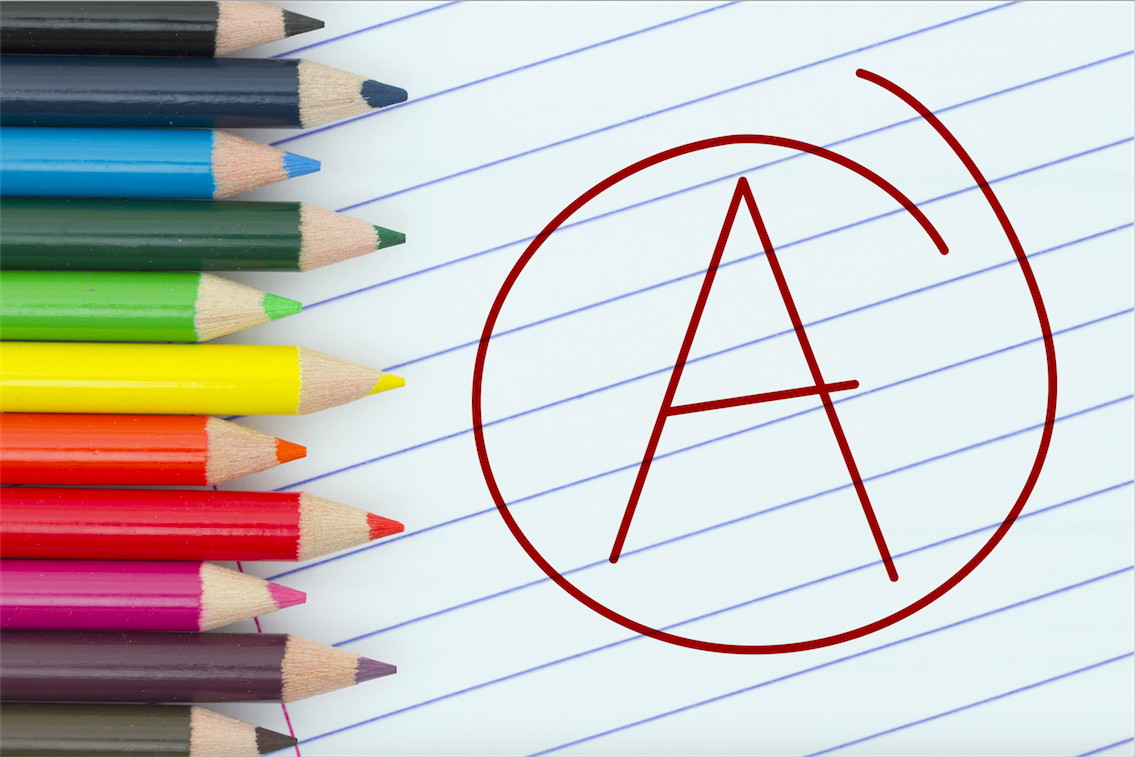September 2015
We teamed up with the Evergreen Education Group to publish 12 case studies of how traditional school districts improved student learning outcomes after implementing blended learning. Each short profile highlights key details in the district’s blended-learning strategy, the EdTech products used, and promising results in the form of test scores and graduation rates.
Profiles include:
- District of Columbia Public Schools, Washington, D.C., has redesigned 17 schools to incorporate blended learning. It has recorded extensive and well-studied student gains in math and reading on district-wide assessments and the National Assessment of Educational Progress since implementing blended learning.
- Enlarged City School District of Middletown, Middletown, New York, received a U.S Department of Education Race to the Top grant in May 2013 to design its blended-learning program. Since implementing the blended program, students in elementary schools using blended learning have shown greater growth than students in traditional classrooms in the district in both reading and math, based on NWEA MAP scores.
- Hamilton County Community Unit School District 10, McLeansboro, Illinois, began offering blended learning during the 2012–13 school year as a way to shift its instructional model from whole-group instruction to personalized learning. An evaluation based on NWEA MAP scores shows students in grades using blended learning outperforming students in grades not using blended learning.
- Horry County Schools, Conway, South Carolina, began its blended-learning initiative, called the Personalized Digital Learning program, in Fall 2013. Since implementing the blended program, middle school student scores in math and reading have improved.
- Mooresville Graded School District, Mooresville, North Carolina, employs technology in ways that improve teaching and learning through increased student engagement, including the use of blended learning. For the 2013–14 school year, the district was rated number one in North Carolina for meeting the state’s targets for proficiency and other measures.
- Poudre School District Global Academy, Fort Collins, Colorado, opened in Fall 2009 to provide a flexible school option for students in grades K–12. Based on student growth measures in several different grade levels and subject areas, the PSD Global Academy is ranked as the first or second best school in the district and is in the top 5% of all schools in the state.
- Randolph Central School District, Randolph, New York, created a blended-learning program at the elementary school that focused on differentiated instruction. Since implementing the blended program, math scores on state assessments have improved significantly across the board.
- Spokane Public Schools, Spokane, Washington, has developed and implemented blended learning in numerous programs across the district with a goal of increasing graduation rates and college and career readiness. Since implementing blended learning, the district’s graduation rate has increased from 60% in 2007 to 83% in 2014.
- Spring City Elementary Hybrid Learning School, Spring City, Pennsylvania, uses a three-station Station Rotation model of blended learning. It has seen improved test scores in math, reading, and science since implementing its blended-learning program.
- The Virtual Instruction to Accentuate Learning (VITAL) program of the Putnam County School System, Cookeville, Tennessee, provides a wide range of blended-learning options to students across the district. It has improved the district’s graduation rate and allowed hundreds of students to earn college credit while in high school.
- Washington County School District, St. George, Utah, provides A La Carte online courses for recovery-content and original-content courses. Since implementing blended learning, the district’s graduation rate has improved from 80% in 2012 to 88% in 2014, with the highest increases seen in the high schools offering the most recovery-content courses.


